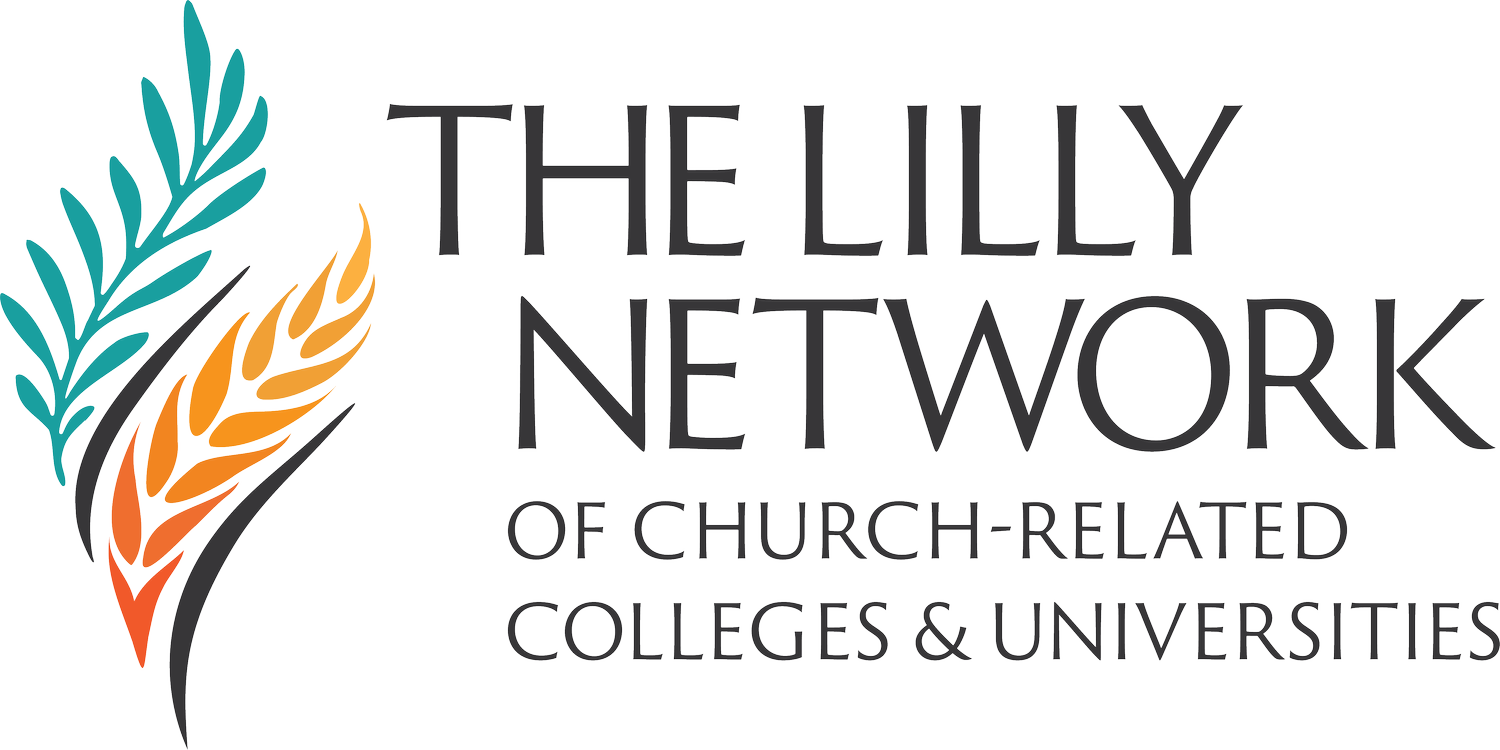NETWORK EXCHANGE GRANTS
ABOUT
Member Institutions are invited to apply for network exchange grants of up to $30,000 to showcase distinctive, signature projects, institutes, or curricula that highlight the church-related characteristics of their schools.
Network Exchanges provide for an extended visitation by faculty and leaders from other Network colleges, allowing close observation and study of the pertinent program, so that other institutions might learn from the host institution's experience and perspectives.
EXAMPLES
Examples of programs that might be funded include but are not limited to:
Programmatic initiatives like core programs, honors programs, interdisciplinary programs, or capstone courses.
Research or study institutes, international experiences, co-curricular programs, off-campus study centers, or service learning programs.
Network Exchange programs typically run for three days, allowing participants to experience the particular aspect of the institution. There should also be well-planned opportunities for visitors to exchange ideas with the host institution and one another about lessons and applications of the program in other settings. Programs are limited to ten to fifteen participants from other Network schools, with a limit of two participants per institution.
SPECIAL CALL FOR PROPOSALS FOR NETWORK EXCHANGE GRANTS
The Lilly Network is issuing a special call for Network Exchange Proposals on the topic of congregational and/or community engagement. Schools that have exemplary programs connecting their campus to congregations and/or engaging their campus with local communities are invited to apply for a Network Exchange grant, which provides funding to host a workshop showcasing such a program.
To give a few examples, the following would fit the call well:
Programs to reach underserved populations in their communities
Partnerships with nearby parishes for student and community volunteerism and education
Degree programs specifically designed to fulfill local unmet needs
Listening projects to amplify the stories of nearby indigenous peoples
Education programs involving churches and K-12 schools of the same denomination throughout the region
And many more
Programs should be well-established with a long track record of success. Additionally, these programs should be deeply interwoven into the institution, rather than an ancillary program.
Network Exchanges will be funded up to $30,000 with an application deadline of September 15, 2025. To apply, please contact Program Director Jenna Van Sickle.
ELIGIBILITY & HOW TO APPLY
ELIGIBILITY
Applications may only be submitted by Lilly Network faculty or staff on behalf of a Member Institution.
Institutions that have already received a grant in this category will not be eligible in the same category again for three years after the original grant was awarded.
Applicants must consult with the Lilly Network Program Director before submitting an application.
Applications are due September 15 each year.
Applicants are notified mid-November following their application submission, and accepted grant programs typically occur during the following academic year. Exceptions to this timeline should be discussed with the Program Director prior to applying.
HOW TO APPLY
1. Consult with the Lilly Network Program Director. Contact the Program Director
2. Consult the “Guide to Writing Lilly Network Grant Proposals.” Download
3. Create the following materials:
Description of the Program (5 pages), including Executive Summary, Rationale, Connection to the Lilly National Network Mission, Goals of the Project, Project Description, and Evaluation Plan
Preliminary schedule of events for participants, if applicable
Projected budget
CV of the Director
Application Cover Sheet Download
4. Submit your application as a PDF attachment to lilly.network@valpo.edu.
Guide to Writing Lilly Network Grant Proposals

POLICY ON INDIRECT COSTS AND OTHER GRANT FUNDING LIMITATIONS
The Lilly Network National Board has established the policy that grant funds and campus project awards may be used for a range of purposes, but not for:
• Ongoing faculty and staff costs that the institution is currently providing;
• New personnel lines, including the hiring of additional faculty members, staff, and/or
graduate students for purposes of grant activities or administration;
• Benefits beyond 7.65% for the employer’s share of Social Security and Medicare tax;
• Direct fundraising expenses;
• Startup costs for a for-profit venture; or
• Indirect or overhead costs.


